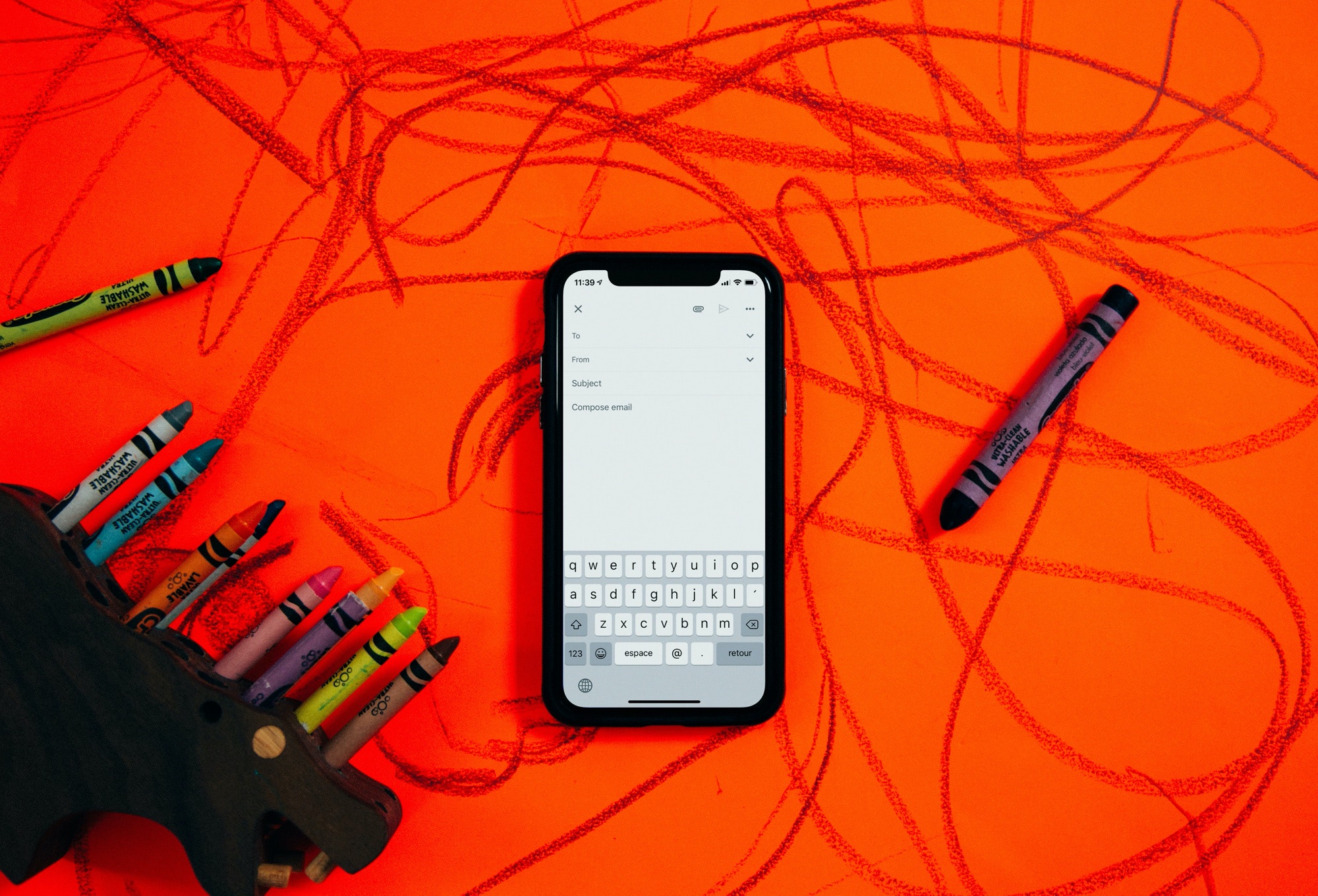
Emergency adoption of remote working: beware of productivity implications
With the COVID-19 lockdown has come a sudden and somewhat forced shift to remote working and adoption of digital collaborative work tools. Companies, wherever possible, are trying to move work online. And proponents have heralded the crisis as an opportunity to bring about a long-overdue move away from traditional office work that will outlast the crisis.
The argument makes intuitive sense: workers who are forced to adopt remote working will come to see its benefits, wonder how anyone could go back to meeting face-to-face and once habits have changed boom, we have achieved what would otherwise require painstaking change projects. Yet, I want to provide a word of caution. It might well be that many of the employees who have been thrown into remote working, with sub-standard camera and microphone, hasty migration of files, clunky VPN access, and slow broadband, are not having a good experience.
What is more, teams that are not used to working remotely might see their productivity drop. It might well be that many of those people working in haphazard remote working arrangements cannot wait to “go back to normal”. The end result might well be the opposite, employees who would otherwise have been won over to adopt digital work practices, will have made up their mind that this is not for them. Emergency adoption is not the same as crafting effective digital remote work practices, which takes time. Companies are well-advised to invest in digital transformation and employee experience now, and in a post-corona world.
Want to know more?
Listen to Sandra Peter and Kai Riemer discuss productivity and remote work on Corona Business Insights
This is part of a series of insights related to Coronavirus (COVID-19) and its impact on business.
Image: Charles Deluvio on Unsplash
Kai Riemer is Professor of Information Technology and Organisation, and Director of Sydney Executive Plus at the University of Sydney Business School. Kai's research interest is in Disruptive Technologies, Enterprise Social Media, Virtual Work, Collaborative Technologies and the Philosophy of Technology.
Share
We believe in open and honest access to knowledge. We use a Creative Commons Attribution NoDerivatives licence for our articles and podcasts, so you can republish them for free, online or in print.







